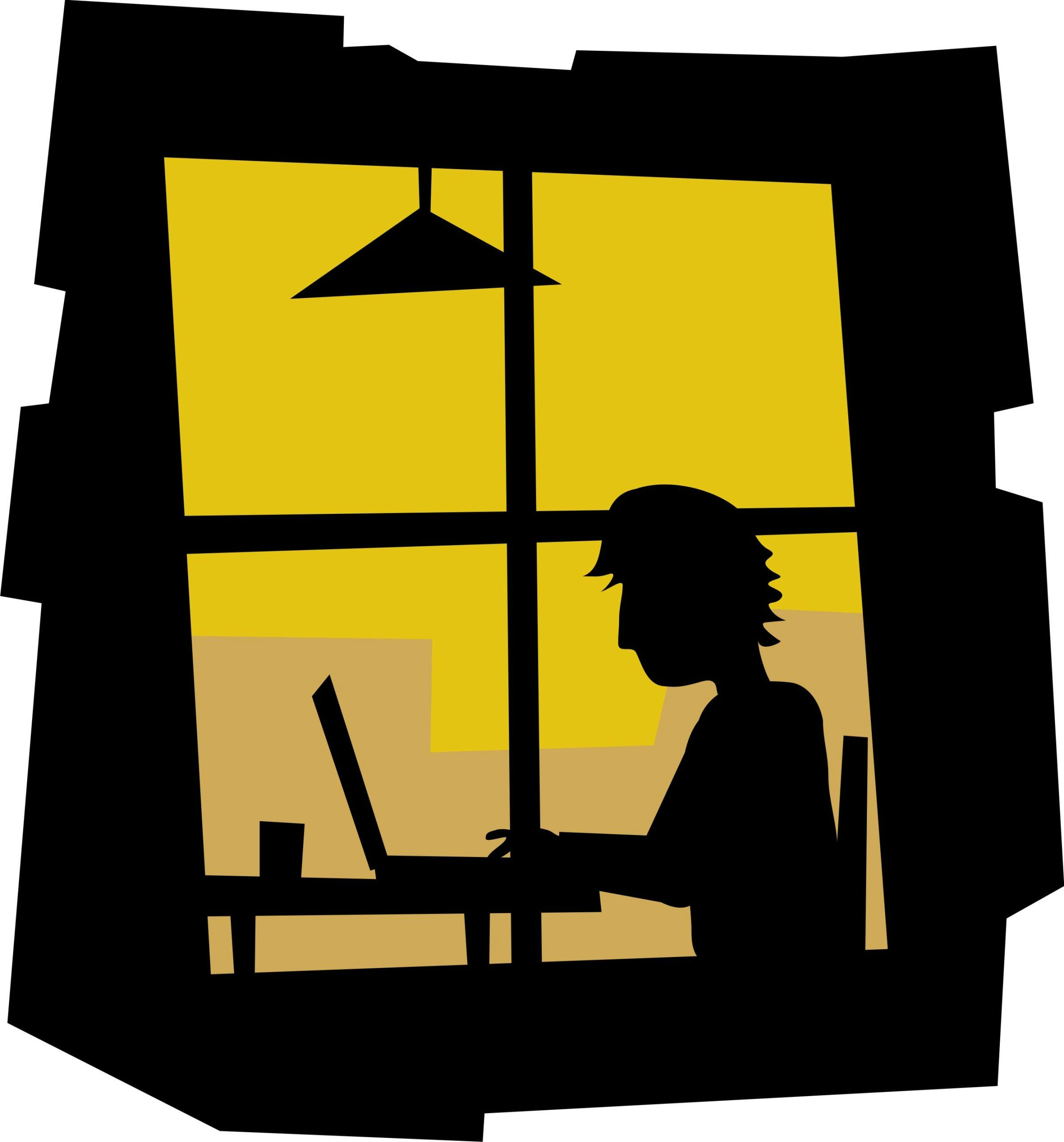Be honest, what’s your first reaction when you hear that an employee is going to “work from home” for the day?
It’s OK if you envision them golfing or binging on Netflix, because for years, “working at home” was a euphemism for slacking off.
But, with the proliferation of smartphones and endless Wi-Fi hotspots, there’s new and growing evidence that slacking off might be the least of your worries with remote workers. The new danger of remote work is not golf or the new season of House of Cards – it’s maintaining a cohesive company culture.
The ecstasy of remote work
TINYpulse recently polled over 500 remote workers in the U.S. to see how their job satisfaction and engagement compared to people who work in a traditional setting, like an office.
The results were pretty astounding. Remote workers beat typical onsite workers in several important engagement categories.
- Almost all (461, or 91 percent) feel like they get more done working remotely than in an office.
- People who work seven days a week with shorter hours tend to be happier (8.49), especially compared to those who work unusual hours (7.82) (night hours, Sunday-Thursday, etc.)
- When asked to rate their work happiness on a scale of 1 to 10, remote workers had an average score of 8.10 compared to onsite workers whose rating was 7.4.
- When asked to rate how valued they feel at work, remote workers had an average of 7.88 compared to 6.69 for onsite workers.
Remote workers were even happy with the way they received performance reviews – a perennially thorny issue for workers around the world.
The agony of remote work
Unfortunately, the negatives of remote work are often overlooked.
Marissa Mayer’s days at Yahoo may be numbered, but she’ll likely be remembered as the CEO who revoked employees’ cushy work-at-home arrangements.
She was pilloried for requiring Yahoo employees to actually work at the office, but she had a good reason: She thinks that innovation happens when people are working together in a central location, and she’s definitely right about that.
Our poll revealed the damage a full or partial remote workforce can have on a workplace.
- About a quarter (136, or 27 percent) of remote workers have experienced a work-related problem because they weren’t in the same place as their team, proving that email and Slack can’t make up for face-to-face conversations.
- When asked to rate their relationships with co-workers on a scale of 1 to 10, remote workers averaged 7.88, while onsite workers rated their co-worker relationships at 8.47.
- Remote workers who were required to work remotely – as opposed to ones who elected the remote arrangement – were overall unhappier than the rest of the group, which indicates that there are many people who draw energy from being in a traditional, collaborative workplace.
This poll gives us a peek into a new era of remote work, one where the employee who works at home might be more productive than the person sitting at a desk for 8 or 9 hours.
But in this scenario, managers and HR leaders might have to choose between either a small loss of productivity or a diminished company culture where employees don’t know each other, don’t collaborate, and don’t innovate like they would if they were sitting next to each other.
